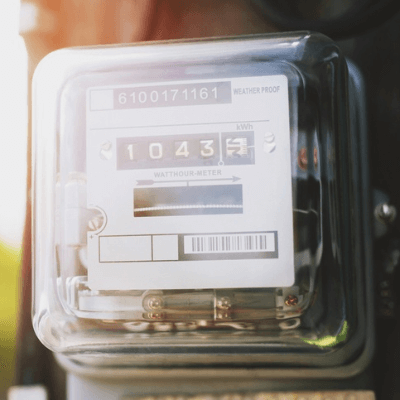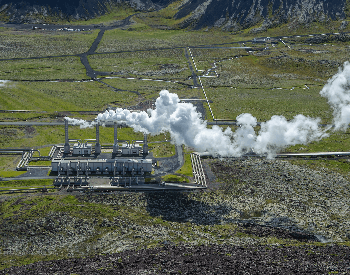
This web page contains electricity facts for kids and is an excellent resource for anyone of any age looking to learn about electricity. Our goal is to provide you with accurate, up to date facts about electricity. In addition to facts about electricity, we provide additional resources to help you with your research on it.
The electricity facts below will help you learn about who invented electricity, how electricity is generated, what electricity is used for, how safe is electricity and other electricity related facts. We hope these electricity facts are interesting and help you learn more about this powerful invention.
If any of the below electricity facts are inaccurate, please contact us and let us know.
27 Electricity Facts for Kids
- Electricity plays a vital role in almost every aspect of modern day living.
- Electricity is a natural force and was not invented by humans.
- An example of electricity in nature is lightning and some species of fish that can emit an electrical discharge.
- Electricity was not invented by humans; it occurs naturally, and a common example is lightning.
- Benjamin Franklin is credited with the discovery of electricity being natural occurrence.
- The famous kite experiment was conducted by Benjamin Franklin in Philadelphia in June 1752.
- The kite experiment was a scientific experiment to uncover facts about the nature of lightning and electricity.
- Benjamin Franklin’s kite experiment proved that lightning and electricity are of the same phenomenon.
- A watt is a unit of measurement for electricity and equates to 1 joule per second (1 J/s).
- For example, a 25 watt light bulb will used 900,000 joules in an hour.
- A watthour is a unit of measurement for electricity and equates to how many watts are needed for one hour.
- For example, a 25 watt light bulb will use 25 watts every hour and in four hours of running it would use 100 watts.
- The number of watts needed to power an electronic device can vary greatly.
- Humans can generate electricity for consumption via power plants and transport that power over powerlines.
- Power plants are also known as power stations, generating plants or generating stations.
- Most of the power plants around the world use fossil fuels to generate electricity.
- Power plants using fossil fuels to generate power use coal, natural gas or oil.
- In 2018, the largest source of electricity generation came from natural gas power plants.
- Natural gas has been slowly replacing coal as the primary fossil fuel for power generation since 1990.
- There are other sources used to generate electricity that are cleaner than their fossil fuel counterparts.
- Nuclear power is theoretically a clean power source, but the waste created by at a nuclear power plant is an issue.
- Renewable energy sources like solar, hydroelectric, geothermal, wave and wind are sources of electric generation that has the least amount of impact on the environment and our planet.
- In 2017, the worldwide consumption of electricity reached 21,372 TWh (Terawatt Hours).
- Benjamin Franklin through his studies of electricity and lightning invented the lightning rod, which protects buildings from a lightning strike, which can cause a fire.
- Electricity is dangerous and can cause severe injury or even death when incorrectly handled.
- A person is considered electrocuted when an unintentional electric current passing through their body and they are severely injured or killed.
- According to US Bureau of Labor Statistics, it’s estimated that about 400 people die annually from electrocution.
Electricity Pictures






Additional Resources with Electricity Facts
- How Electrical Power Works – Learn how electrical power works on the U.S. Energy Information Administration website.
- Origins of Electricity – Discover the origns of electrical power on the Smithsonian Institution website.
- Pictures of Electricity – View some cool pictures of electricity on the Flickr website.
- Electricity – Wikipedia – Explore the Wikipedia website to learn more about electricity.
